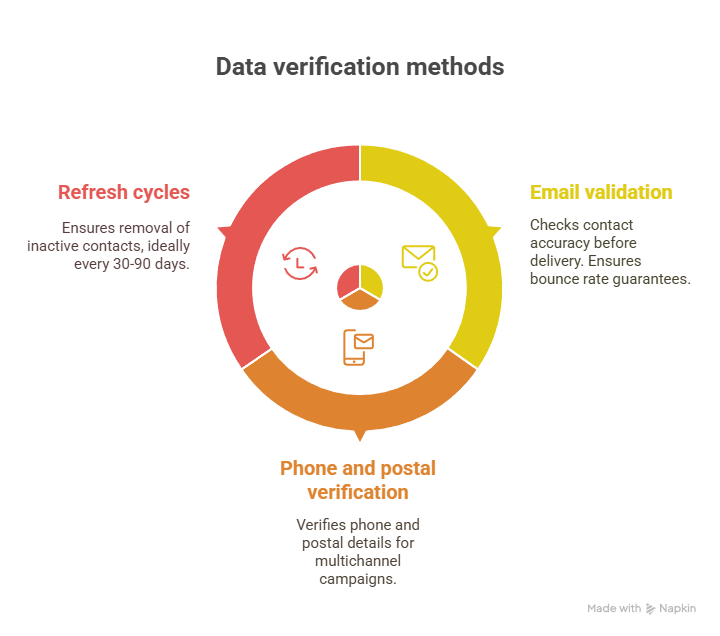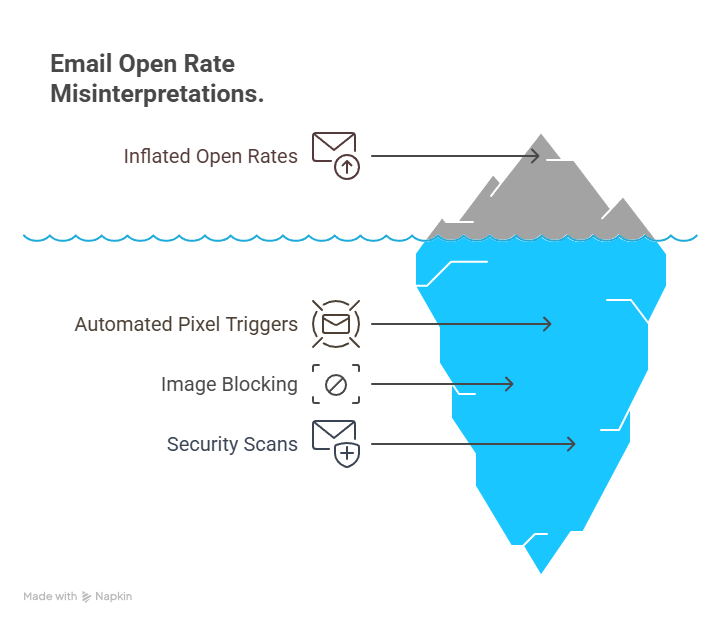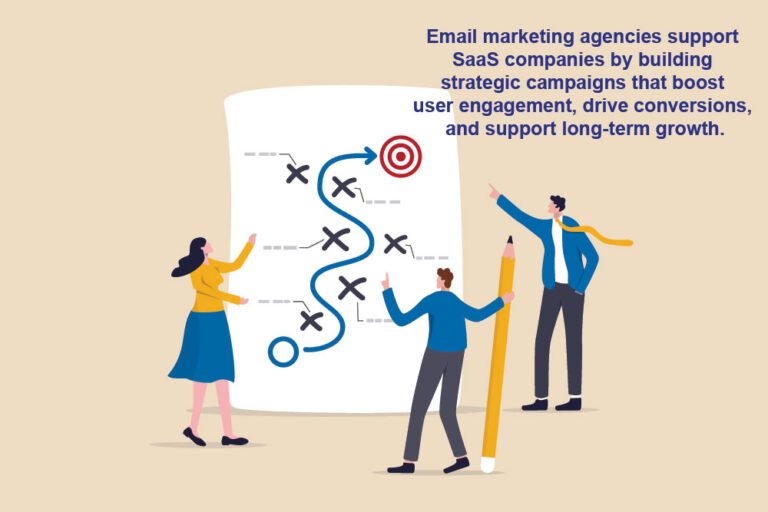Marketing automation relies on big data to give it its predictive power. With it, companies are able to understand an unprecedented amount of information about their audiences and deliver more of what their customers want, but where does all that information come from? Some of it comes directly from what site visitors say they want, but most of that data comes from piecing together an information trail from behavioral data that a marketing automation system compiles even before marketers know that visitor’s name.
Through anonymous browser cookies, preference pages, social media, and search terms, your marketing automation system paints a clear picture of customers using big data. Let’s take a closer look at where the system gets the raw materials for these detailed portraits.
Web Mining
When you move anywhere on the Internet, you create data that automated systems can collect. Anonymous information about regional IP address traffic, directory information, and unstructured data about web traffic can tell automated tools a great deal about how people get from point A to point B on the Internet and why they might want to get there.
Search Engine Data
Search engines use big data to do what they do so well, they almost seem intelligent. The information you type in becomes part of a larger data picture that lets the system find better answers for trillions of queries. This information isn’t proprietary because it’s anonymous; it’s there to help automated systems serve you better. Think about how Google’s search bar auto-completes when you type in the first few letters or words of a common phrase. Its accuracy is impressive, and that’s because the system analyzes incredibly vast volumes of data to cross-reference with your past searches to deliver the likeliest fit for what you need to know.
Social Media
Although it’s the newest source of big data, social media has become one of the most important repositories of data for marketing automation systems. By tracking time spent on social media channels, shares and re-tweets, likes, number of comments, and hashtags, it’s possible to learn what users find most important and act on a nascent trend while it’s still on the upswing. Big data applications for social media also allow marketers to deliver more of what their audience wants. In other words, clicking that little thumbs-up icon really does make a difference when it comes to compiling data on what people want. There’s an even more direct way to learn about that, too: Crowd-sourcing.
Crowd-Sourced Data
Sometimes, customers tell companies exactly what they want from them directly – no data extrapolation required. Large communities on forums, crowd-sourcing platforms such as Yelp and Angie’s List, and focus groups all give companies invaluable data on where they shine and what they could improve. Surveys and polls also tell organizations what users want them to know. With a marketing automation system, crowd-sourced information from telemarketing, social media, preference pages, email surveys, and other venues combine to form a more complete picture of what an audience wants.
Transactional Information
Every online transaction a customer or visitor has with you leaves a record, and this data is vital for telling you more about them. Past sales records are clearly useful predictors for future purchases, but even if someone isn’t yet a customer, their data is valuable. Someone who sends you a quote request, downloads a white paper from your site in exchange for firmographic data, or adds items to a shopping cart is giving you transactional data that a marketing automation system uses to compose a portrait of that customer.
© Reach Marketing LLC 2015 All Rights Reserved.




